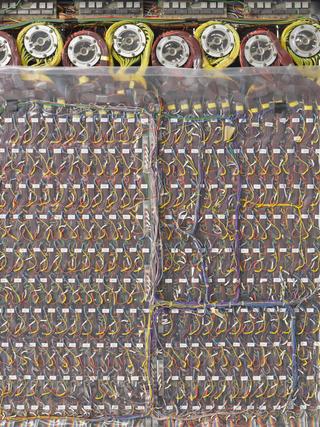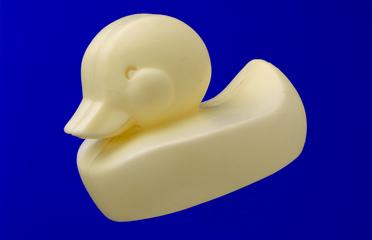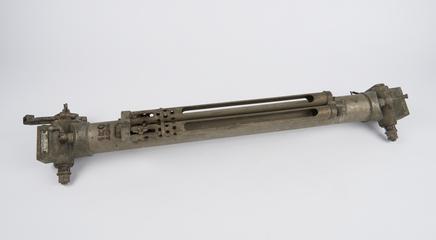
Photograph showing sinkers for sounding machines, for gauging depth of the sea floor
Photograph, titled 'Sinkers for sounding machines', showing the sinking and sampling devices that would be attached to galvanised wire and used with machines such as the Lucas sounding machine for gauging the depth of the sea floor.
Submarine cable laying operations provided an impetus for the study of the ocean floor. It was not only important to obtain accurate measurements of the depth of the sea bed, but also samples of the ground over which cables were to be laid, and sea bed temperatures (which affected the insulating properties of the gutta percha insulation of cables, and thus signal transmission times). Such expeditions resulted in innovation in the methods used for sounding and sampling.
While early sounding devices consisted of weights attached to hemp ropes, the accuracy and ease of taking observations was improved by replacing rope with wire line. Wire took up much less space on board, a benefit especially for longer surveying expeditions and voyages. British physicist William Thomson and the American Lieutenant-Commander Charles Dwight Sigsbee both devised machines that allowed wire to be paid out over a series of wheels with resistance applied so that it was easy to determine when the sounder reached bottom. At the end of the wire would be a sinking weight and sampling device for collecting sediment samples from the sea floor, as shown in this image.




